Home Automation, Smart Home, Domotics, are different terms that refer to pre-set automatic systems that will control lighting, climate, entertainment devices and appliances and basically anything that can be automated inside a building, leading to a significant increase in energy saving.
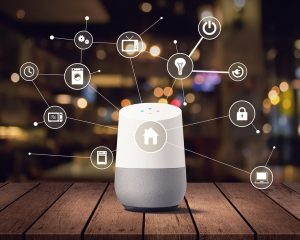
Image source: https://search.creativecommons.org/photos/c86d3eb0-5c8c-4ce7-b1a6-2896fd341cd4 by mikemacmarketing
Domotics (from the Latin word “Domus”, house), is the encounter of information technology, electrotechnics and electronics that makes a home “smart”. It’s the tool that allows us to control systems, devices and automation with the aim of increasing the living and comfort quality of the domestic space.
What is the meaming of the term domotics?
A domotics is a home that has highly advanced, automated systems to control and monitor any function of a house lighting, temperature control, multi-media, security, window and door operations, air quality, or any other task of necessity or comfort performed by a home’s resident. With the rise of wireless computerization, remote-controlled devices are becoming smart just-in-time. Today, it’s possible to pin a programmed chip onto any occupant and have systems adjust as a person passes by and through a smart house.
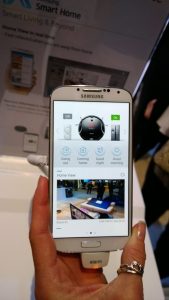
Image source: https://search.creativecommons.org/photos/a974764e-6ece-4135-baab-95a781a1439f by RobGreen
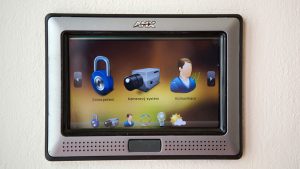
Image source: https://en.wikipedia.org/wiki/Home_automation#/media/File:CITIB-AMX.jpg
Origins

Image source: https://search.creativecommons.org/photos/1c0f58f5-a708-4728-8b25-e5b1d82be73b by nicolasnova
Early home automation began with labour-saving machines. Self-contained electric or gas-powered home appliances became viable in the 1900s with the introduction of electric power distribution and led to the introduction of washing machines (1904), water heaters (1889), refrigerators, sewing machines, dishwashers, and clothes dryers. In 1975, the first general-purpose home automation network technology, X10, was developed. It is a communication protocol for electronic devices. It primarily uses electric power transmission wiring for signalling and control, where the signals involve brief radio frequency bursts of digital data and remains the most widely available. By 1978, X10 products included a 16 channel command console, a lamp module, and an appliance module. Soon after came the wall switch module and the first X10 timer.
Using domotics
Every building has routine processes where we can observe repetitive habits or similar situations that may be easily automatized. Some daily examples are: turning the lights on to illuminate dark stairs and turning them off when nobody is around, It may also mean turning the lights on and off even when there is nobody at home, to simulate occupation, or automatically turning down air conditioning systems when the external temperature drops, controlling cameras and security devices, etc. Domotics is an integrated system for homes that provides the final user with new comfort and a standard of security that cannot be achieved by the adoption of traditional systems or partial automation.
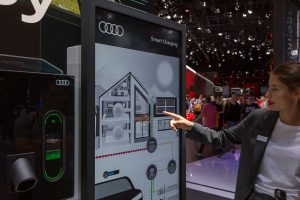
Image source: https://search.creativecommons.org/photos/1e5b4bd8-3483-4e85-8fb6-a3008e8b748b by verchmarco
Downside of a digital house
Home automation suffers from platform fragmentation and lack of technical standards, a situation where the variety of home automation devices, in terms of both hardware variations and differences in the software running on them, makes the task of developing applications that work consistently between different inconsistent technology ecosystems hard. Customers may hesitate to bet their IoT future on proprietary software or hardware devices that use proprietary protocols that may fade or become difficult to customize and interconnect.
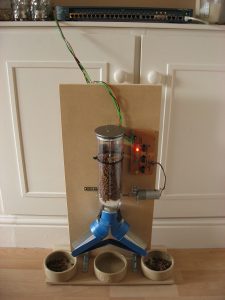
Image source: https://en.wikipedia.org/wiki/Home_automation#/media/File:Cat_feeder.jpg
The nature of home automation devices can also be a problem for security since patches to bugs found in the core operating system often do not reach users of older and lower-price devices. One set of researchers say that the failure of vendors to support older devices with patches and updates leaves more than 87% of active devices vulnerable.
Info sources:
http://www.easydom.com/en/discover/what-is-domotics
https://www.thoughtco.com/what-is-a-smart-house-domotics-177572
